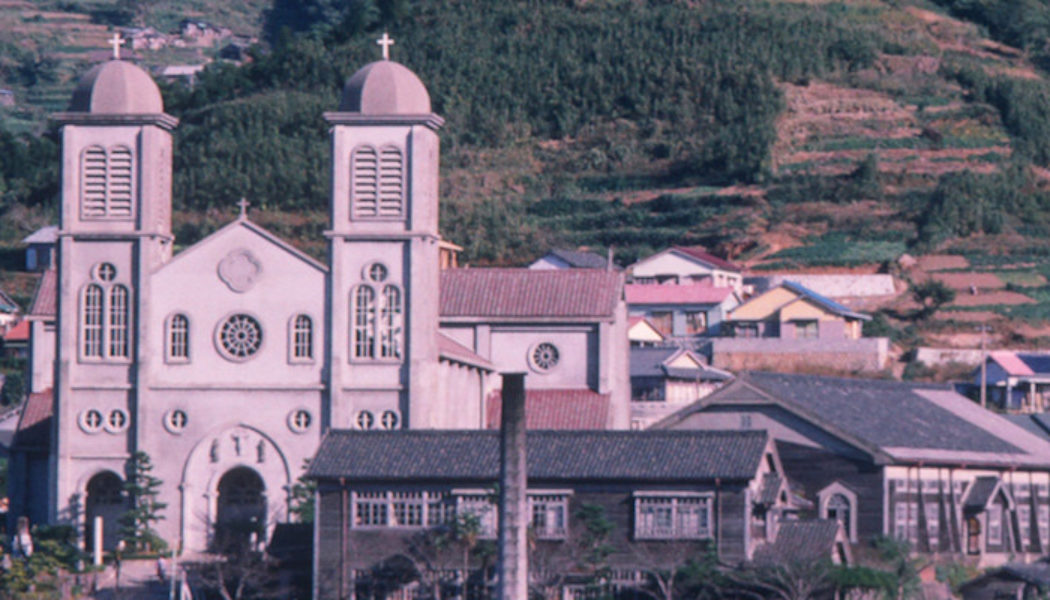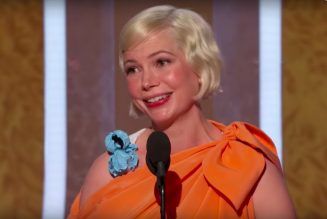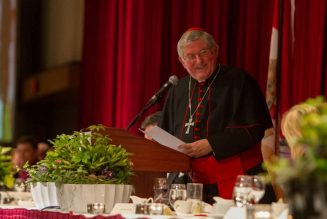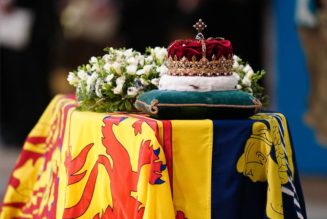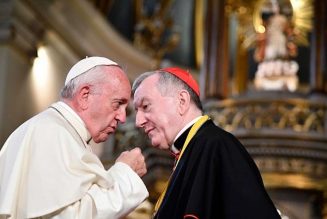
St. Maximilian Kolbe, whose Feast Day is celebrated on August 14, is known as the “Saint of Auschwitz”—but he could be dubbed the “Saint of Nagasaki” as well.
While Kolbe’s connection to Auschwitz is well known, his relationship to Nagasaki’s holocaust is a tale less often told, at least outside of Japan. The priest had already gone to his heavenly reward by the time the bomb dropped on Nagasaki on August 9, 1945, prompting Japan’s unconditional surrender. But as the Japanese grappled with suffering, death, and defeat on a massive scale, Kolbe’s story spurred a generation of Catholic Japanese literary converts to produce some of the most interesting Catholic novels of modern times. In other words, it didn’t end with Shūsaku Endō—though even he wrote a fictionalized account of the priest. In Endō’s novel Sachiko, Fr. Kolbe dreams of Nagasaki as he labors away in the concentration camp: “When he closed his eyes, he could see scenes of Nagasaki projected on his eyelids. The sloping road leading up to Ōura after the rain. A rainbow reflected in a puddle of water. . . . The sound of the Japanese walking along in their wooden clogs.”
Fr. Kolbe’s martyrdom in Auschwitz was a voluntary sacrifice. After a prisoner escaped and ten random detainees were sentenced to die in the starvation bunker as punishment, Kolbe asked to take a family man’s place. “Who are you?” the Nazis asked. “A Catholic priest,” he answered. They allowed him to die in the man’s stead. On August 14, 1941, Kolbe was injected with carbolic acid after he failed to die of dehydration quickly enough.
Nagasaki was the center of Catholicism in Japan. Its Urakami Cathedral, dedicated to the Immaculate Conception, was built in 1895 by descendants of the Hidden Christians after their long persecution ended. In the late 1860s, the rediscovered Hidden Christians were again rounded up, imprisoned, and tortured as authorities sought to forcibly convert them to the prevailing Shinto religion. In an attempt to demoralize Jinzaburo, the head of the Christian community, the local leader took his fourteen-year-old brother, stripped and whipped him mercilessly, jabbed him with bamboo poles, poured ice water on him until he turned blue, and starved him for two weeks. The boy died, but not before prophesying that his sister would care for many children (she became a nun who worked with orphans) and that his eldest brother’s son would become a priest (he did).
The lasting influence of Catholicism may be seen, it is said, in the very different character of their anniversary memorials of the mass slaughter. “Hiroshima protests, Nagasaki prays,” the saying goes.
Nagasaki is also the only place outside of Poland that has a “Garden of the Immaculata” mission house personally founded by St. Maximilian Kolbe. A pious legend holds that the Immaculata protected the mission house from nuclear destruction—although it was far away enough from ground zero to make its survival anything but miraculous. What is striking, however, is that Kolbe chose not to build his friary in Urakami, closer to the Cathedral; he had had a vision that Urakami would soon be destroyed by a big fireball.
Among the literary converts inspired by St. Maximilian Kolbe is a woman many consider one of the greatest living Japanese novelists, Ayako Sono. Her 1973 novel Miracles tells the story of a young Japanese convert who travels to Europe to learn more about this man, pondering deeply the nature of love in a world full of sufferings both unspeakable and small. Through her journalistic pilgrimage—detective work mingled with contemplation—her own middling faith is reborn on a more profound level. Sono’s novel explores what love really is when we look beyond the ruses of eros and sentiment; with an unflinching frankness that is winsome and courageous, her protagonist chases after the supernatural, and is surprised to find it in a kind of radical ordinariness—Kolbe squeezing someone’s hand in encouragement in Auschwitz, for instance. Her work digs deeply below the surface of temporal phenomena to reveal the heart and soul of Kolbe—and indeed of Christianity itself.
Ayako Sono’s novel cuts to the heart of the Christian miracle: a love so profound, so transcendent, that the sacrifice of one’s own life seems a small price to pay.
This, above all, is the miracle we need today.
Kevin M. Doak is the Nippon Foundation Endowed Chair in Japanese Studies at Georgetown University. Joshua Hren is the founder and editor of Wiseblood Books.
Doak’s translation of Ayako Sono’s Miracles, published by Wiseblood Books, is now available.
First Things depends on its subscribers and supporters. Join the conversation and make a contribution today.
Click here to make a donation.
Click here to subscribe to First Things.
Photo by SteveMcCluskey via Creative Commons. Image cropped.
Join Our Telegram Group : Salvation & Prosperity
